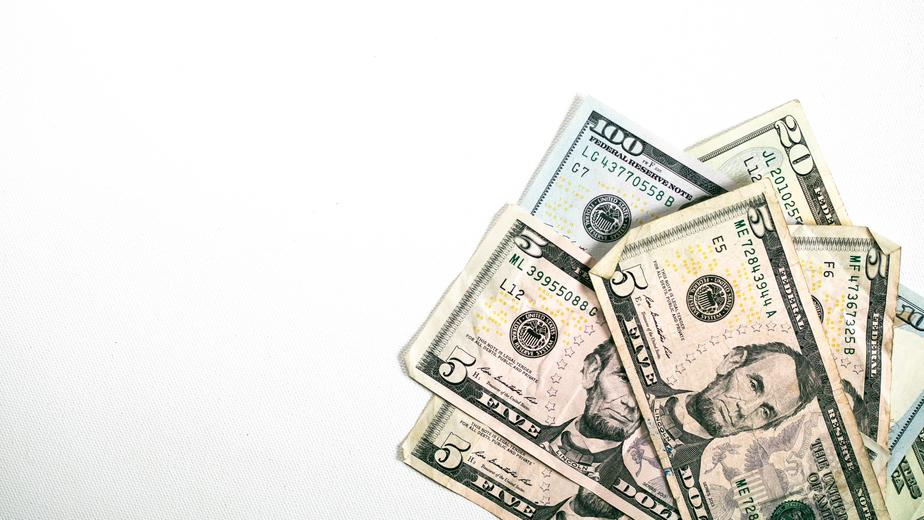A 30-year mortgage can make a lot of homeowners feel like they’ll never be without debt. Fortunately, however, there are numerous effective ways to pay off a mortgage faster, while at the same time saving big on interest payments and sometimes without laying out extra cash. Here are some things you should know if you’re considering paying off your mortgage faster.
1. You can refinance to a shorter-term
Although the 30-year home loan is most popular, some homeowners might not be aware there are several different terms offered by their lender, including 10, 15, 20, 25 and 30-year terms. When comparing a 20-year term with a 30-year term, you should know that most 20-year mortgages carry slightly lower rates than 30-year terms—typically anywhere from one eighth to a quarter percent lower. If you’re financing a $250,000 loan on a 30-year term at 3.75 percent, for example, your principal and interest payments would be about $1,150 per month.
Using the same loan amount, but with a 20-year term at 3.625 percent, your monthly payment would be $1,450 You’d pay a few hundred more per month, but you would be mortgage-free in 10 years less time The best part? The savings on that 20-year mortgage would be more than $65,000 if you kept it until it was paid off.
Another benefit of refinancing to a shorter-term is that you don’t have to start over with 30 more years, which might not make sense for homeowners who are well into their original mortgage term. With a 15-year refinance, you could lock in a low-interest rate and shorter loan term to pay off your mortgage faster. Note The shorter your mortgage term, the higher your monthly payments.
2. You can make extra principal payments
While early payoff penalties once were common, most of today’s mortgages don’t carry pre-payment penalties. That means you can pay additional smaller payments each month, or you could pay larger sums like some homeowners do each year after receiving their tax refund. If you took out a home loan for $300,000 on a 30-year term and rate of 4 percent, for example, your principal and interest payment would be $1,370. Making 360 payments of $1,370 per month means you’ll have paid $492,500 during the life of the loan.
Using the same numbers for the loan amount and interest rate: If you paid extra principal payments of just $250 per month, you’d shave seven years and four months off of your term. You also would save more than $59,000 total in interest payments. Let’s say you sent your $1,370 per month to an investment account for seven years after you pay off your loan (the amount of time by which you reduced your loan term). With a 5 percent return, your redirected mortgage payments would equal a nest egg of $135,000. Not only would you save $59,000 in interest in this instance, but you would have an additional stash of cash after your original 30-year loan term.
3. You can make one extra mortgage payment per year
One way to do this is to contact your mortgage lender about making bi-weekly payments. When you pay every two weeks instead of every month, you end up adding one extra payment each year. Whether it’s done via bi-weekly payments, tax refund money or maybe an annual bonus, this is another great way to reduce your term. For example, if you took out a mortgage for $200,000 on a 30-year term at 4.5 percent, your principal and interest payment would be about $1,000 per month. Paying one extra payment of $1,000 per year would cut four-and-a-half years off of your 30-year term, which would save you more than $28,500 if you see the loan through to the end.
4. You can recast your mortgage rather than refinancing
Mortgage recasting differs from refinancing in that you get to keep your existing loan. You just pay a lump sum toward the principal, and the bank adjusts your payoff schedule to reflect the new balance, which results in a shorter loan term. One major benefit to recasting is that the fees are typically just a few hundred dollars, while refinancing fees usually are a few thousand. If you have a low interest rate, you also get to keep it when you recast your mortgage. Alternatively, if you have a high interest rate, refinancing might be a better option.
5. You can reduce your balance with a lump-sum payment
An alternative to recasting is to make lump-sum payments to your principal when you can. Some homeowners may come into money via an inheritance, large bonus or commission checks, or even selling something valuable. This cash then can be applied toward the outstanding principal balance on a mortgage.
Since VA and FHA loans can’t be recast, lump-sum payments might be the next best thing. You also will save yourself the bank fee for recasting. Note: Some mortgage servicers might require you to specify when extra money is to be put toward principal.



